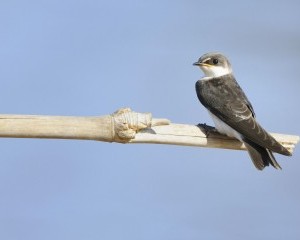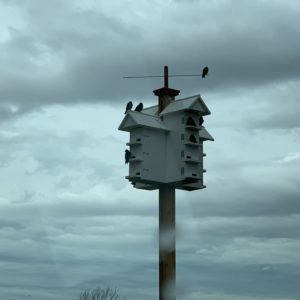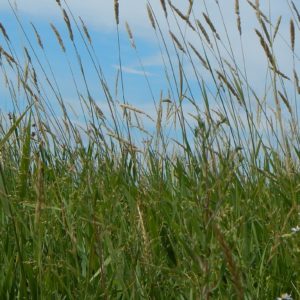Barn and Bank Swallows Legally Listed as Threatened

Megan MacIntosh, Purple Martin Project Coordinator
Not long after fall songbird migration wrapped up for another year, two familiar summer residents, the Barn Swallow and Bank Swallow, were officially listed as threatened species under Schedule 1 of the 2002 Species at Risk Act (SARA) in Canada. This moment came many years after COSEWIC, the scientific advisory committee, made the recommendation (2011 for Barn Swallow and 2013 for Bank Swallow). Nature Canada congratulates the Minister of Environment and Climate Change, the Honourable Catherine McKenna, for pushing these listings through.
With natural habitat significantly altered over the past century, swallows, in an incredible demonstration of resilience, have adapted to rely on human structures for breeding habitat. As migratory birds, they are protected under the Migratory Birds Convention Act (1994), and have been included in various multi-species action plans at historic sites and conservation areas across Canada. Provincially, Barn Swallow and Bank Swallow are listed as threatened in Ontario and endangered in Nova Scotia, and the Purple Martin, North America’s largest swallow, is listed as special concern in British Columbia.
What does this mean? How can it be that the Barn Swallow, the most abundant and widely distributed species of swallow in the world, came to be threatened?

Let’s start with the glaringly obvious bad news: Their populations’ are in trouble, and their disappearance is part of larger trend impacting songbirds – a distress signal from ecosystems widely out of balance. Over the past 40 years, swallows and other birds that rely on a diet of flying insects have undergone steeper declines than any other birds in Canada – some by more than 90%. While scientists are still working to understand more about the cause, threats such as climate change, use of pesticides, decreased insect prey availability, loss of wetland and foraging habitat, industrial activities, competition from invasive species, and increased predation pressure all play a role. If nothing is done, it is possible that we could lose these wonderful species, and with them, their beautiful songs as a symbol of spring.
The good news is that SARA was enacted precisely for this purpose – to prevent the disappearance of species at risk. Through SARA, definitive actions and resources can be set in place to get these birds some of the special attention they need. For example, the government is now required to produce a federal recovery strategy for the Bank Swallow and Barn Swallow within 2 years of the date they were listed. A recovery strategy serves as a detailed management plan that includes an assessment of the species and its needs, identifies threats and critical habitat, and sets priorities and approaches towards stopping and reversing their decline. In the meantime, we cannot rely on this as our only plan. For species so closely connected with humans, a strong stewardship effort is needed to help provide a safe place for swallows while they raise their young in our backyards.
Anybody can help. Learn more about Nature Canada’s Purple Martin program, or discover resources by our partners at Bird Studies Canada.
To see the full list of scheduled species to SARA, visit https://www.registrelep-sararegistry.gc.ca/default.asp?lang=en&n=24F7211B-1



